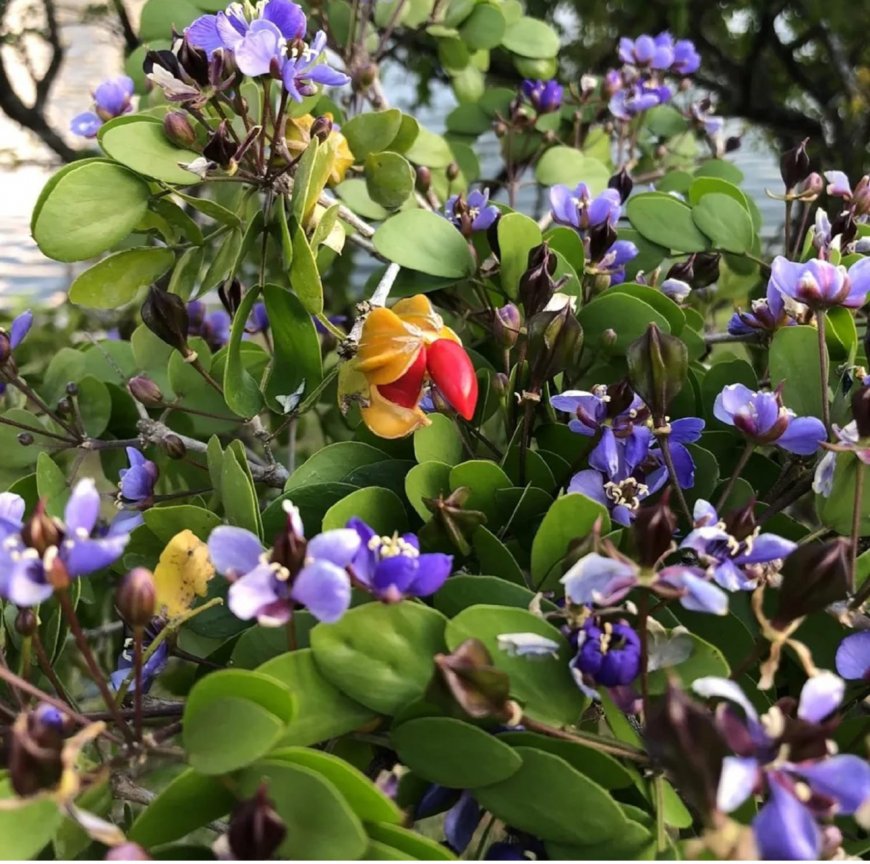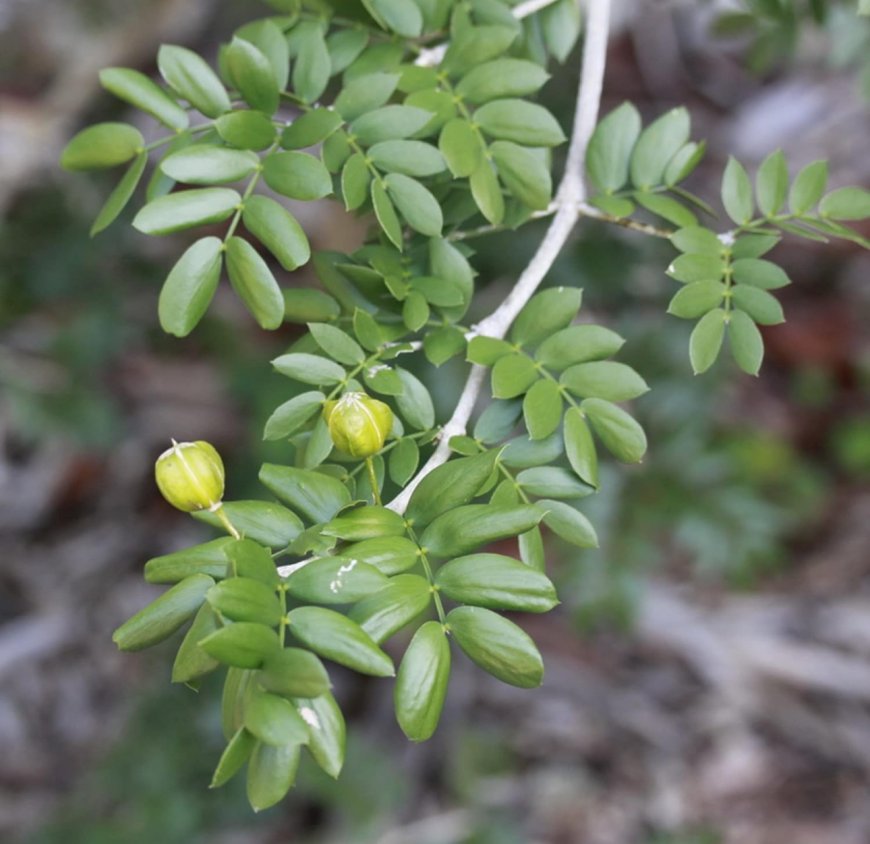Jamaica's Enduring Symbol of Strength and Beauty: The Lignum Vitae
From Shipyards to National Pride, The Inspiring Story of Jamaica's Lignum Vitae. Jamaica's Lignum Vitae isn't just beautiful, it's a symbol of resilience. Learn about its ancient uses, modern significance, and why it's called the "ironwood" of the Caribbean.

Nestled among Jamaica's vibrant flora, the Lignum Vitae (Guaiacum officinale) stands as a symbol of resilience and enduring beauty. Its name, derived from Latin, translates to "wood of life," a testament to its long-held medicinal properties and extraordinary strength.
A Tree with Deep Roots in Jamaican Culture
The Lignum Vitae's significance in Jamaica extends far beyond its physical attributes. It holds a profound cultural and historical significance, deeply intertwined with the island's identity and heritage.
Indigenous Treasure:
The Lignum Vitae is native to Jamaica, flourishing in the dry woodlands along its north and south coasts. Its presence predates European colonization, revered by indigenous peoples for its medicinal qualities and symbolic meaning.
Christopher Columbus' Encounter:
It's believed that Christopher Columbus himself marveled at the Lignum Vitae's beauty upon his arrival in Jamaica in 1494. This encounter further solidified the tree's place in the island's history and lore.
Enduring Symbol of National Pride
In 1962, Jamaica proudly embraced the Lignum Vitae as its national flower, solidifying its status as an emblem of the island's spirit and resilience. The flower's delicate blue petals, encircled by vibrant orange-yellow stamens, embody the diversity and vibrancy of Jamaican culture.
More Than Just a Flower: A Legacy of Strength
The Lignum Vitae's significance extends beyond its visual beauty. The tree itself is renowned for its remarkable strength and durability.
Exceptionally Dense Wood: The Lignum Vitae's wood is one of the densest and heaviest in the world. Its exceptional strength and resistance to decay have earned it a reputation as the "ironwood" of the Caribbean.
Historical Significance in Shipbuilding:
The Lignum Vitae's unique properties made it a prized material in shipbuilding, particularly for crafting ship bearings and pulley blocks. Its resistance to seawater and friction made it indispensable in maritime history.

Jamaica's Living Legacy:
Today, the Lignum Vitae stands as a living testament to Jamaica's rich heritage and natural beauty. It serves as a reminder of the island's resilience, strength, and enduring spirit. Its presence adorns Jamaica's landscape, national emblems, and the hearts of its people, a symbol of unity and pride that continues to inspire generations.
Common User Queries and Answers:
What does the Lignum Vitae flower look like?
The Lignum Vitae has clusters of small,delicate blue flowers with five petals each.They are surrounded by bright orange-yellow stamens, creating a striking contrast of colors.
Where does the Lignum Vitae grow in Jamaica?
The Lignum Vitae thrives in dry woodlands along Jamaica's north and south coasts. It's commonly found in areas like Hellshire Hills, Portland Bight, and the Cockpit Country.

What are the medicinal uses of the Lignum Vitae?
The Lignum Vitae has a long history of use in traditional medicine. Its resin is believed to have anti-inflammatory, anti-rheumatic, and analgesic properties. It has also been used to treat various ailments,including skin conditions, respiratory issues,and digestive problems









